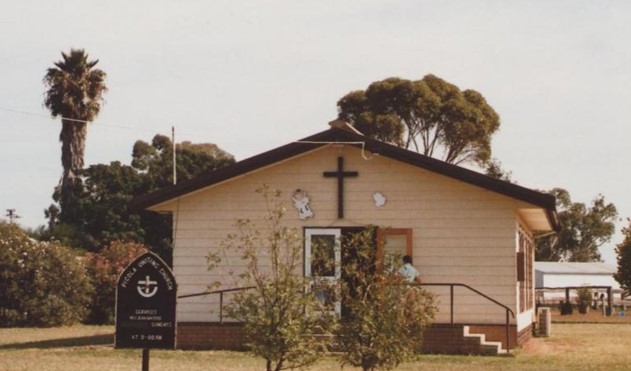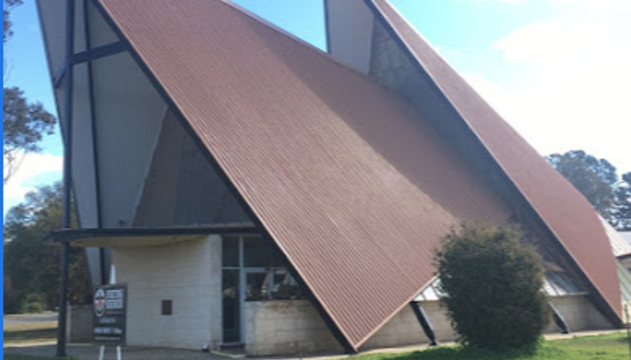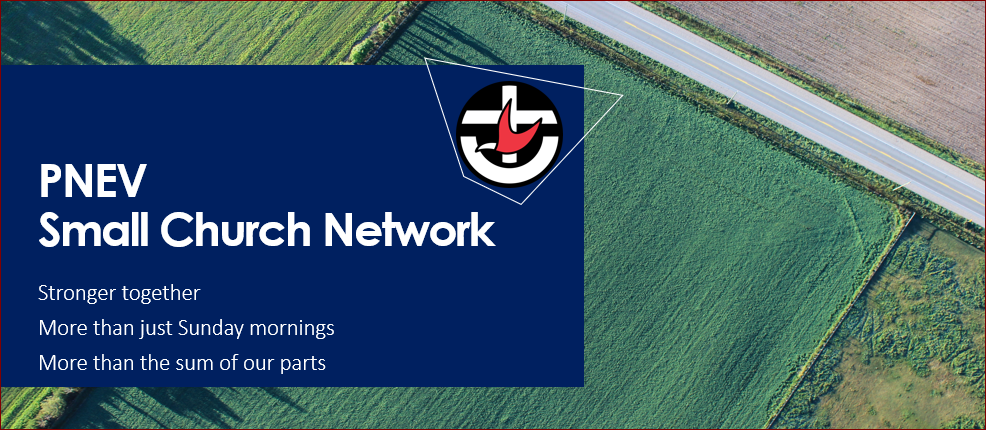
Supporting small congregations
The PNEV Small Church Network aims to resource and enable small congregations across the Presbytery of North East Victoria to share multiple ministry agents to support worship, pastoral care, fellowship discipleship and outreach.
Using face-to-face and online technologies, we seek to make the most of scarce ministry resources and link dispersed people of common mind into viable groups.
The Small Church Network seeks to encourage and connect Uniting Church communities, irrespective of size or location. This is part of the Presbytery strategy to enable us to embrace the reality of being Christian communities in the 21st century, and to support people across the region to both gather and be in mission together.
This initiative of the Presbytery of North East Victoria seeks to support worship, education and fellowship for all small congregations in the Presbytery. Invitations to participate have been sent to all relevant Church Councils. We are aware that not all congregations will be ready or willing to join immediately, but we have the agreement of enough congregations to commence Phase 1 of the network. Additional congregations will be able to join in Phase 2.
The Small Church Network will work with congregations who are willing to co-operate with each other and embrace the opportunities presented by collaboration and new technologies to shape our worship, life and service. We believe that we are indeed stronger together, more than the sum of our parts, and capable of building greater breadth and depth to our congregational life.
Two levels of involvement
The proposed model has two levels of participation reflecting both the of the contribution of Network Partners and the contribution of the Presbytery (and its wider responsibilities).
The Network Partner
For congregations formally part of the network and contributing financially. These congregations will be the direct focus of the ministry agents.
Worship, pastoral care and missional programs will be led from these congregations by the ministry agents, lay preachers and lay leaders.
Direct support will be given to partner congregations to establish websites and social media channels.
Partner congregations will have representation on the steering committee.
Open Access
There are a number of dimensions of the Small Church network which are open to non-partner congregations to access.
Zoom worship services, bible studies and other streamed activities can be accessed by other congregations.
Initial Membership
Mooroopna, Nathalia, Picola, Violet Town, Strathbogie, Cobram, Katamatite and Yarrawonga.
Scope of Mission and Ministry
The aim is to provide a something that is more that any single congregation could aspire to provide alone.

The model provides for a congregational life that includes worship, pastoral care, education, children’s and families ministry, special interest and outreach. It also provides a level of technical support to assist congregations effectively utilise the online tools and resources to create a vibrant online presence for each congregation (Website, Facebook, Google Maps, etc)
Mission Studies
Mission Studies are underway with all participating congregations with the aim of helping: each congregation:
- To explore how they might improve or grow connections with their local community over the next 2-3 years.
- To clearly identify where it’s current strength, gifts and passions lie.
- To identify key areas where assistance will be needed by future ministry agents to the Network.
Emerging Themes
There are three areas where ministry assistance is going to be required in both the long and short term.
- Continuing support and encouragement for the various outreach programmes that each congregation is choosing to engage in. Some of this can be gained through collaborative exercises across the Network, such as arranging visits to OP shops across the presbytery, and encouraging Zoom connections for interest groups across the Network. This will be a key area of ministry for the first ministry agent engaged.
- Developing local skills and local “in house” technology systems that will allow each congregation in the network to be connected to each other, and to their wider community. This will include exploring the use of websites and social media as the new “front door” to the church.
- Each congregation is expressing in their own way a desire for pastoral care to be offered. This is both in terms of being visited, and assisting the congregations to develop more effective pastoral systems from their own leadership.
These are going to be key areas to be considered when writing the profiles for the ministry positions to be filled.
The Ministry Team
The Presbytery seeks to establish a diversly gifted ministry team to work across the network providing worship, leadership, pastoral care, missional resourcing and dynamic leadership to our small churches and benefits to the whole of Presbytery.
It is proposed that ministry team be Presbytery appointments.
It is proposed to appoint three or more ministry agents with each championing particular aspects of congregational life. In practice the roles will overlap according to the gifts and skills the people appointed.
There will also be changes over time as needs change and opportunities present themselves. Ministry Agents taking on these positions will need to be willing to be flexible and work as a team in participation with Presbytery Ministers and representatives of Standing Committee.
It is expected that all members will contribute content for social media and outreach.
Position A: 0.8 -1.0 EFT
Worship
Missional Programs – 0.8-1.0 EFT
Position B: 0.8 -1.0 EFT
Pastoral Care
Education and Studies
Position C: 0.8 -1.0 EFT
Intergenerational/ Children/Families/Youth
Engaging the community/ Fellowship/Events (eg: camping , retreats)
Technical Support (Structural): Zoom, Website structure, Facebook
Governance
While far from perfect the Uniting Church has non-hierarchal governance structures in place for working together.
Each congregation will maintain their own church council to manage local affairs, with representation on a Small Church Network co-ordinating committee and relevant working teams.
There are a number of connected issues for the Small Church Network to decide with regard to governance and operations. Not all of these need to be finalised before the Network can commence operating, but there will need to be interim agreement on the basics and a commitment to work on the issues as the network evolves.
Decision Making
Who decides about direction and action and how do they decide?
Agreements and Structures
What norms and practices will guide the network.?
What are the coordinating structures?
Communications
How do we connect and work in relationship with each other?
How shall we communicate and how often?
There are synergies and efficiencies to be gained by effective collaboration and the sharing of resources that create that “something more” .
The network will be structured to reduce the number of committees and allow congregations to work together to share and feed off each other’s skills and ideas. The financial burden will be shared.
This will add breadth and depth to the life of participating congregations with increased opportunities for education, fellowship and outreach.
Cobram
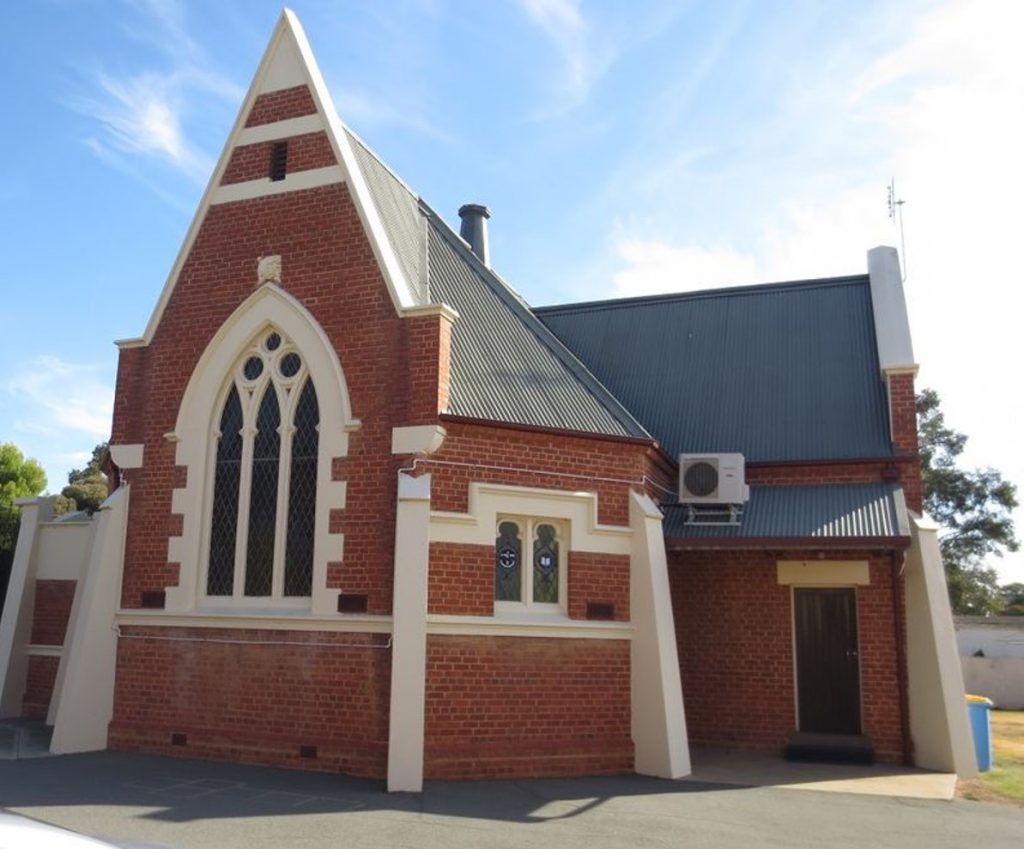
Nathalia
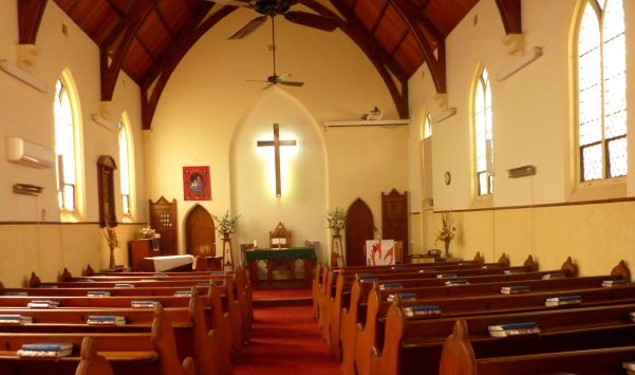
Yarrawonga
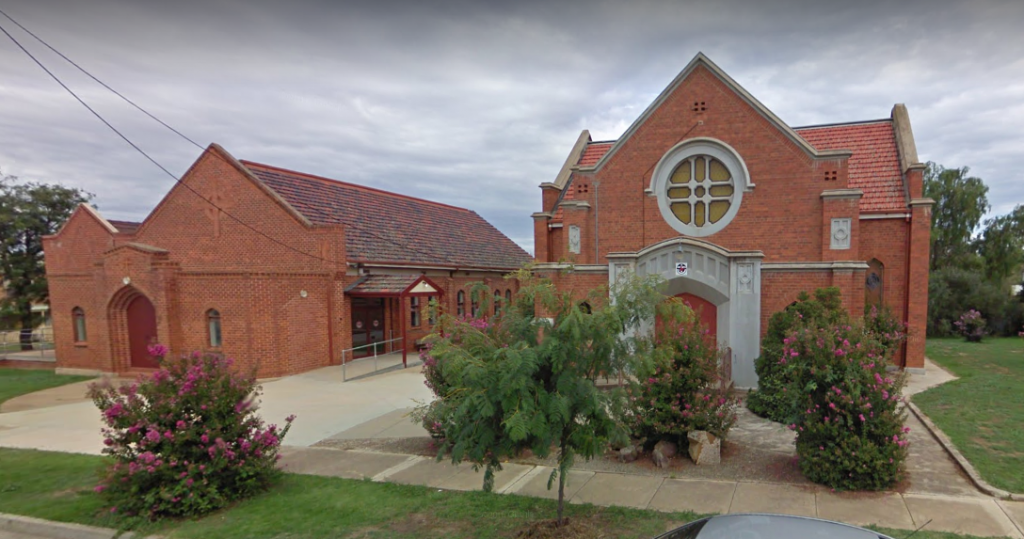
Mooroopna
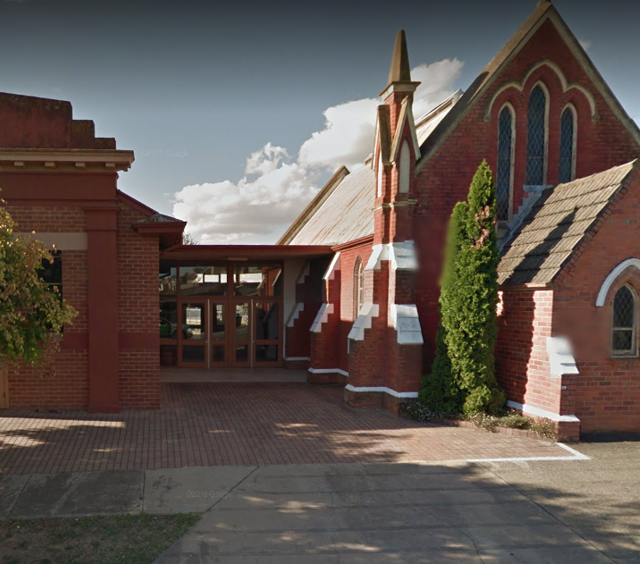
Katamatite
Strathbogie
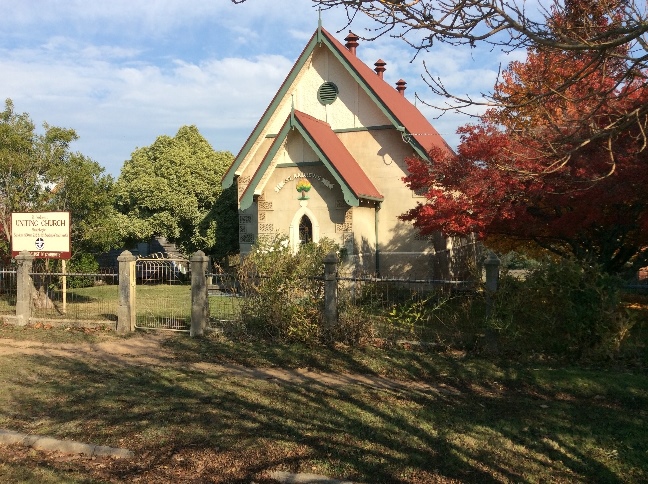
Violet Town
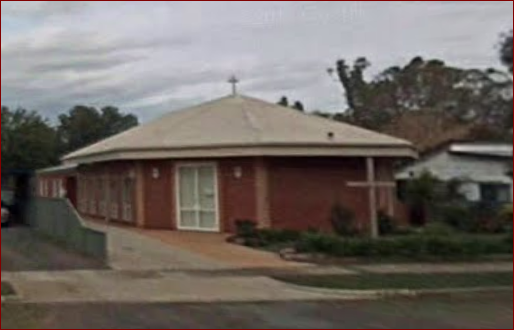
Picola
